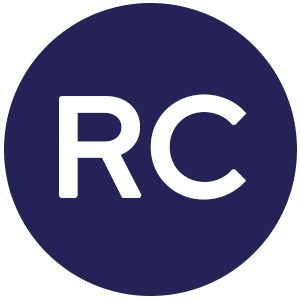What do New York taxicabs and infusion pumps have in common? There are plenty of both, but you can never find one when you want one.
That’s a joke, of course, but there’s a kernel of truth in it. Hospitals have thousands of pieces of equipment that move around multiple times per day. Few hospitals, however, have the means to understand how that equipment is used and where it ends up after that use. Real-time visibility is essential for hospitals to effectively manage their equipment fleets and, by extension, their bottom lines.
A real-time location system (RTLS) can provide the high level of visibility necessary to help hospital staff consistently find the equipment they need, in a ready state, when they need it – keeping the workflow of the hospital moving smoothly.
How real-time visibility can address broken workflows
When hospitals have a broken workflow patient care is often impacted. This situation results in frustrated staff and unhappy – or possibly endangered – patients. Here are just a few of the cascading impacts that the lack of real-time visibility into a hospital’s equipment pool can have:
- Poor equipment utilization: If you have 30 pieces of equipment and five are routinely “missing,” you’ve essentially got 25 pieces of equipment doing the work of 30. This makes it more likely that an essential piece of equipment will not be available when a medical professional needs it.
- Unavailable equipment: When equipment is not readily available for the care provider the perception among the staff is that there must be a shortage of that equipment type. That can lead to equipment hoarding by staff, a common problem that many hospitals experience.
- Dirty equipment: Used equipment must be collected and cleaned daily through a standard process. When hospitals don’t have a handle on where and how equipment has been used, they don’t have control over the intake portion of that process. This increases the likelihood that equipment will not be cleaned properly between uses, potentially exposing patients to dangerous bacteria and pathogens commonly found in hospitals.
- Unnecessary spending: Without real-time visibility, hospitals will often rely on anecdotal feedback from staff when making equipment purchasing decisions. When equipment is regularly unavailable for staff to use, they will assume there’s a shortage, sending that message up to the purchasing managers, who in turn are led to make poor purchasing decisions in the absence of other data.
Real-time visibility of equipment in patient rooms provides important data – but it’s equally valuable to know whether and how equipment moves between patient rooms, corridors, and storage areas. If a hospital’s RTLS can distinguish between those two elements, it will have sharper visibility and better insight into its equipment pool and what it’s doing.
A piece of equipment that moves from a hallway into a patient room is in a different part of the duty cycle than one that moves the opposite direction. By understanding that difference, the hospital can further improve equipment workflows.
For example, the hospital can set a rule in the RTLS portal that, whenever a piece of equipment moves from a room into a corridor, a staff member gets an alert to collect the equipment and move it to the correct collection or cleaning location. Of course, this is a task that can be done by sight if there’s a staff member assigned to every wing and every floor in the hospital, 24 hours a day – but RTLS can achieve this result on a much more efficient level.
Granular data means equipment is always easy to locate
The bottom line is, when a hospital’s administration is considering RTLS, it needs to ask about the level of visibility a given system can offer. The more granular the data, the better the visibility, and the more efficient the hospital’s workflow can be. This is a critical question to ask, as many RTLS products on the market promise competitive prices at the expense of visibility.
Once that question is answered, hospitals should ask about the installation, management, and maintenance costs of the RTLS. Although many RTLS products on the market are fully capable of providing the kind of real-time visibility described in this post, high installation or component replacement costs can eat into the system’s ROI.
Cognosos’ RTLS tracks hospital equipment with a level of precision that was once only achievable with high costs and disruption. Our systems are quick to implement with lower up-front costs while providing the data-driven insights about use patterns and inventory that drive efficiencies, leading to a fast and proven path to ROI.
Learn more about how modern RTLS solutions are far superior than their predecessors by downloading our eBook “5 Myths About Hospital RTLS That Cost Time, Resources, and Money”



